Everything You Ever Wanted to Know About Smallwood, NY
Alia | August 18, 2011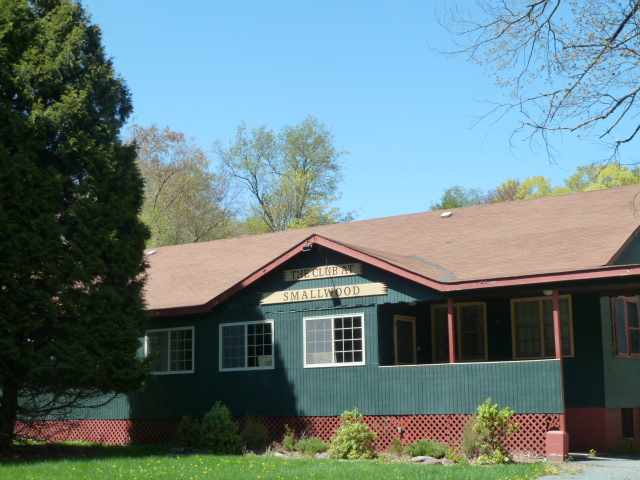 In response to our piece about Bethel earlier this week, Sullivan County buyers’ agent and blogger David Knudsen posted a detailed comment about the ins and outs of Smallwood, a Bethel hamlet and private lake community. David’s comment anticipates a lot of the questions a city buyer might have about Smallwood’s range of prices and seasonal vs. year-round housing, so we thought it worth highlighting:
In response to our piece about Bethel earlier this week, Sullivan County buyers’ agent and blogger David Knudsen posted a detailed comment about the ins and outs of Smallwood, a Bethel hamlet and private lake community. David’s comment anticipates a lot of the questions a city buyer might have about Smallwood’s range of prices and seasonal vs. year-round housing, so we thought it worth highlighting:
“[A]bout prices .. Yes, you will see some seasonals occasionally listed or selling as low as $35,000. But a more realistic range for a ‘seasonal’ (on community water, not with a drilled well to permit year round use) is probably $55,000 to $80,0000. Something priced ‘too good to be true’ most likely will have either wood rot in sill plates, floor joists or structural members; foundation support issues or problems with old septics or cesspools. Any of those items can be very costly to repair even in a very small house.
“In Smallwood, buyers need to pay particular attention to a house’s ‘private sewage system’ (septic or cesspool). Quite a few are old and in not great shape. The lot sizes are also small (seasonals are typically on 50 x 100 foot lots), so if you have a problem septic you may have to put in a fairly pricey aerobic system.
“One question I’m often asked is can you convert a ‘seasonal’ to ‘year round’ use by drilling a well (so you have a year round water source.) The answer in almost all cases is ‘no’. The reason is that there are now minimum distances required in code between a well and a septic, and not just between a septic on your property and your proposed well, but between your proposed well and the septic on any adjoining property. On these small parcels, particularly with adjoining houses and septics, you can’t meet the minimums to drill a new well.‘Year rounders’ (houses with already drilled wells) generally start around $90,000 and go up to $140K or so. (More for houses ringing the lake with lake views.)Smallwood can be a great, affordable getaway — particularly for city folks that are looking for more summer use, and content themselves with a ‘seasonal.'”
We really appreciated David’s inside take, so we gave him a call to get more Smallwood info.
David was honest about Smallwood being an acquired taste. Lots of city folks drive up to see Smallwood homes because of the tempting prices and are then disappointed by the size of the houses and lots. Long-distance driver beware: most Smallwood homes are 2 bedroom, 1 bath and 1000 square feet, plus or minus 200 or so, on semi-private 50X100 foot lots. If you want bucolic, look elsewhere. But if you want to throw the kids outside and have them find someone to play with (without having to set-up a playdate), Smallwood might be your spot. And unlike at a traditional bungalow colony, you’ll have a bit of surrounding land rather than just the house the land sits on. At Smallwood, you can find some bigger lots (and higher prices) in the “new” section, on Gina Lane. It’s a little further afield, though, so you’ll need to drive to the lake rather than walk, and note that these homes won’t have the 1930s and 40s period detail.
The most desirable Smallwood homes, and those with the highest resale value, are those that have managed to keep original details—think stone fireplaces and foundations—without getting “remuddled,” as David put it. Keep an eye out for houses that still have “Smallwood maple” furniture, too. Smallwood homes originally came with custom-made solid maple furniture, designed by A.N. Smallwood as part of the whole bungalow package. Sellers will often throw in the furniture with the home sale, and its high quality and smaller proportions make it a nice fit for these little homes. Many old Smallwood families are still around, those who inherited Smallwood houses from the original cops and firefighters who bought in the ’30s and ’40s or the snowbirds who came in the ’50s and ’60s. There was a third wave of city folks who started to buy about a decade ago, and David describes the scene around the Smallwood pool as a pleasant if surprising Tower of Babel: Staten Island meets Boca meets Chelsea. (But who has the best swimsuits?)
Finally, a quick note about the financials of buying a season home. FannieMae and FreddieMac don’t finance homes that don’t have un interrupted water and heat sources. This means that for the less expensive three-season homes, you may need more money down (20-25%, instead of the typical 10% for a 40 year mortgage). The sticker price may be higher for 4-season house, but the financing is more readily available.
David will be guest-blogging for us with an introduction to Sullivan County. Let us know if you have any Sullivan County Qs!
Read On, Reader...
-
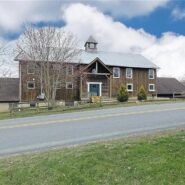
Jane Anderson | April 1, 2024 | Comment A Westtown Barn Home with Stained-Glass Accents: $799.9K
-
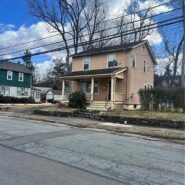
Jane Anderson | March 25, 2024 | Comment A c.1920 Three-Bedroom in Newburgh: $305K
-
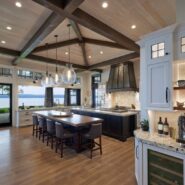
-
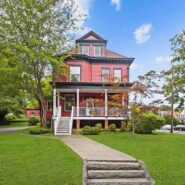
Jane Anderson | January 30, 2024 | Comment A Renovated Three-Story Beauty in Poughkeepsie: $695K
